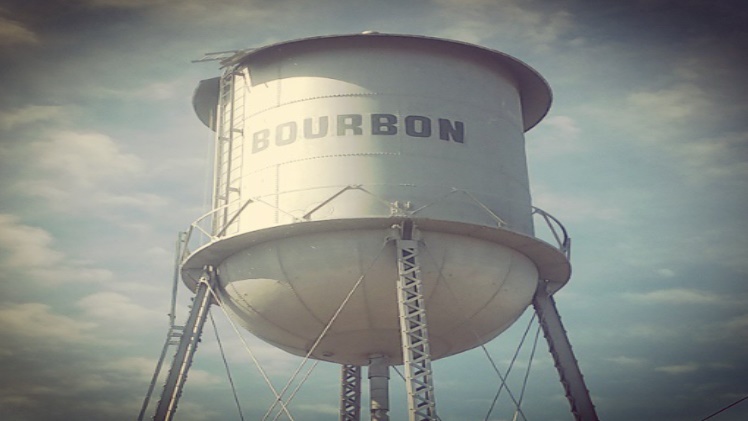Are you looking for a new cooling tower, but don’t know what to look for or where to start? You’ve come to the right place! We will discuss the factors that affect cooling tower price, the different types available, and how to ensure you get the most value for your money. So let’s get started and explore the cooling tower buying guide!
Things to Consider When Buying a Cooling Tower
When it comes to cooling towers, there are many factors to consider before making a purchase. The right cooling tower will be both cost-effective and efficient and should be tailored to the needs of your facility or application. Here are some things to consider when you’re shopping for a cooling tower:
- What type of cooling tower is best for my needs? There are several types of cooling towers available, including induced draft, counterflow, crossflow, and wet cooling towers.
- What size of the cooling tower do I need? Cooling towers are available in a variety of sizes, from compact residential units to huge industrial ones. Make sure the tower you purchase is adequate for your needs and that your account is for any potential future expansion.
- What other features should I look for? Consider additional features such as fan blades, materials of construction, and noise reduction methods.
- What kind of maintenance will be required? Make sure to learn what upkeep is necessary for the cooling tower, such as yearly chemical treatment and cleaning.
Types of Cooling Towers
When it comes to cooling towers, there are several different types to consider. Here is a brief overview of the most popular types of cooling towers on the market today.
Natural Draft Cooling Towers: Natural draft cooling towers function by bringing in cooler outside air to lower the temperature of the hot water that is circulated through them.
Induced Draft Cooling Towers: Induced draft cooling towers use a fan or blower to draw in air and force it down over the hot water being circulated.
Counterflow Cooling Towers: In a counterflow cooling tower, hot water is pumped up through the filling material from the tower’s base. As a result, the air rises and passes over the water, cooling it.
Crossflow Cooling Towers: Crossflow cooling towers work by having the hot water flow across the fill material instead of up and down.
Closed Circuit Cooling Towers: Closed circuit cooling towers are designed to operate with a closed loop system, meaning that the same water is continually recycled through the system instead of being released into the atmosphere.
Factors That Affect the Cost of a Cooling Tower
There are several factors that can affect the cost of a cooling tower, including the following:
Size: Cooling towers are available in a range of dimensions and capacities. The cost of the cooling tower will increase with its size.
- Materials: A variety of materials, including plastic, fiberglass, concrete, and metal, are used to make cooling towers. The material of construction also affects the cost of the cooling tower.
- Fans: Fans are a crucial part of a cooling tower and can significantly affect the unit’s overall cost. Although high-efficiency fans can cut down on energy costs, they can also increase the price of a cooling tower.
- Accessories and Components: A cooling tower may also come with other accessories and components in addition to the fans. These consist of water distribution systems, air dampers, pumps, piping, and control systems. The price of a cooling tower can vary depending on all these factors.
- Installation: When estimating the overall cost of a cooling tower, it’s crucial to take installation costs into account. Large cooling towers frequently need professional installation to ensure proper operation and longevity.
Conclusion
Buying a cooling tower can be a difficult and confusing task, but it is important to do your research and make sure you are getting the right type and size for your needs. With the right cooling tower for your needs, you can enjoy reliable cooling for many years to come.

